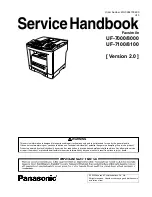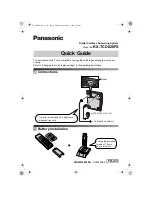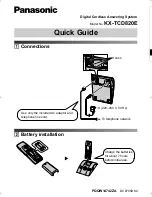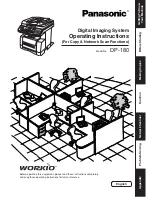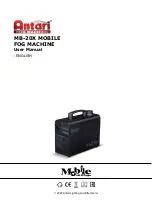
select
selectline
TM
TM
Some fabrics have a lot of excess dye which can cause
discoloration on other fabric but also on your sewing
machine. This discoloring may be very dif
fi
cult or
impossible to remove.
Fleece and denim fabric in especially red and blue
often contain a lot of excess dye.
If you suspect that your fabric/ready-to-wear garment
contains a lot of excess dye, always pre-wash it before
sewing/embroidering to avoid the discoloring.
O w n e r ´ s m a n u a l
Got the urge to sew?
Your select is ready to go!
Let us introduce you to your select!
It´s the perfect choice for anyone who is looking for
a versitile sewing machine. Modern look, practical
features, and so easy to use - that´s the select from
Pfaff.
What do you want to sew?
Your own fashion creations? Decorations for your
home? Or would you just like to shorten a pair of
trousers? Your select is ready to go!
Get acquainted with your select.
You´ll want to start sewing! We guarantee it.
Simply select & sew!
Summary of Contents for selectline
Page 4: ......
Page 6: ...IV IV Introduction ...
Page 11: ...1 Operate your Pfaff select ...
Page 29: ...2 Utility stitches and practical sewing ...
Page 44: ......
Page 45: ...3 Maintenance and trouble shooting ...
Page 50: ......

















